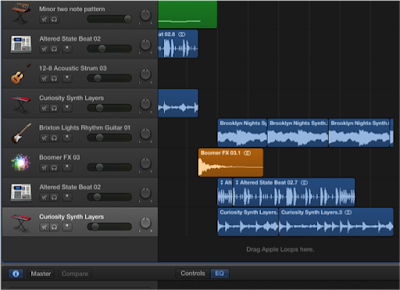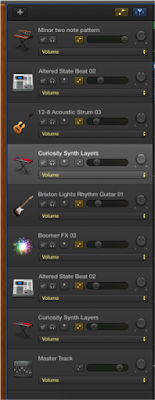Audience feedback that we received revealed that the positioning of the text at the top of our poster was not conventional, and was a little difficult to read as it seemed random.
Therefore, I have decided to look at social realist film posters in order to discover where this information should be placed.
The first poster I looked at was the one for Shank. This has a central title, with the name of the actors placed just above, the director mention placed next to the title, and the tagline placed at the top of the screen. However, audience feedback implied that the positioning of our tagline - just below the title - was effective
I began my reedit on Photoshop by moving the name of the actors to the top of the poster, as I found that this was conventional of social realist films, as demonstrated below.
In order to do this, I had to select the T icon, which then allowed me to move the text onto one line, with spaces in the middle, and manipulate it to fit at the top of the page while being centralised.
After this, I edited the positioning of the text which stated "A Film by Caitlyn Watson".
I began by selecting the lasso tool, found in the top left corner, second icon down. This then allowed me to create a box around the text I wanted to manipulate.
After this, I selected the layer on which this text lies - titled after the text itself, and right clicked to choose 'transform selection'. This then meant that I could choose the first icon in the top left corner, allowing me to move the text.
The initial position I attempted was top and centre, just under the actors names, and staying on two levels. However, this looked clunky, and made it seem as though the director mention was the key part of the poster.
Hence, I moved the text onto one line, and placed it just above the title, while moving the tag line to lie just below the title towards the right, taking inspiration from the poster shown below. This made this section of the poster seem clunky and left a large empty space at the top.
Thus, I moved the text again, keeping it on a single line, but placing it centrally below the actors names, and moved the tag line back to its original position. This used up more of the space, but still left a rather large gap at the top, and so it is likely that we will go back as a group and see what we can change so as to fix this.
Evaluation
Although this re-editing of the poster did improve the overall layout, and we decided as a group that we preferred to have the actor names spread out across the top, we were still unsure on the positioning of the director mention. Therefore, Caitlyn will look at the poster to see if we can eliminate the empty space between the text at the top and the title.





























